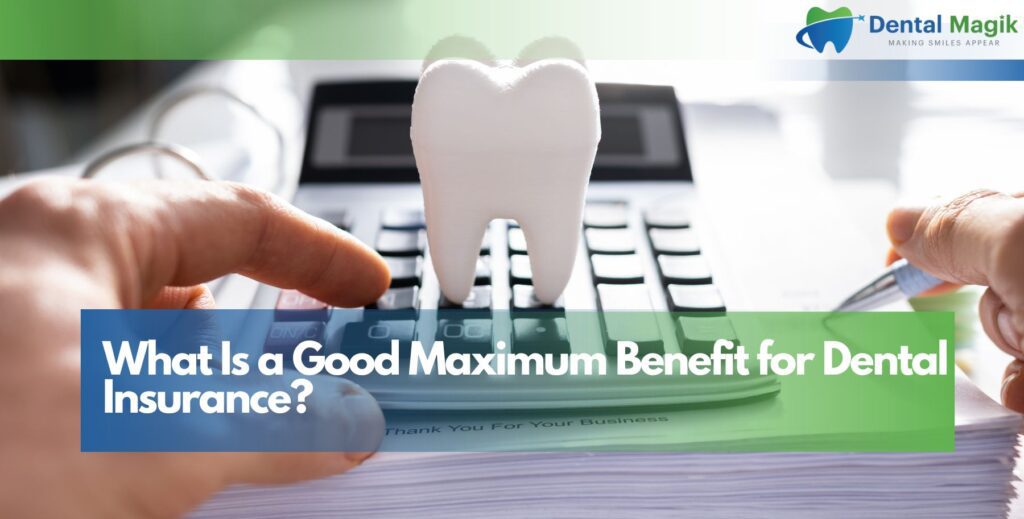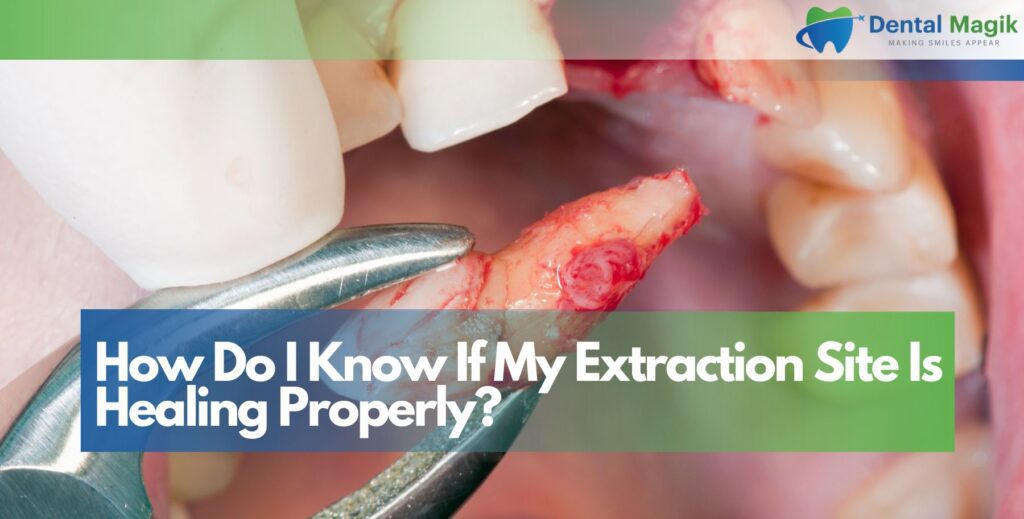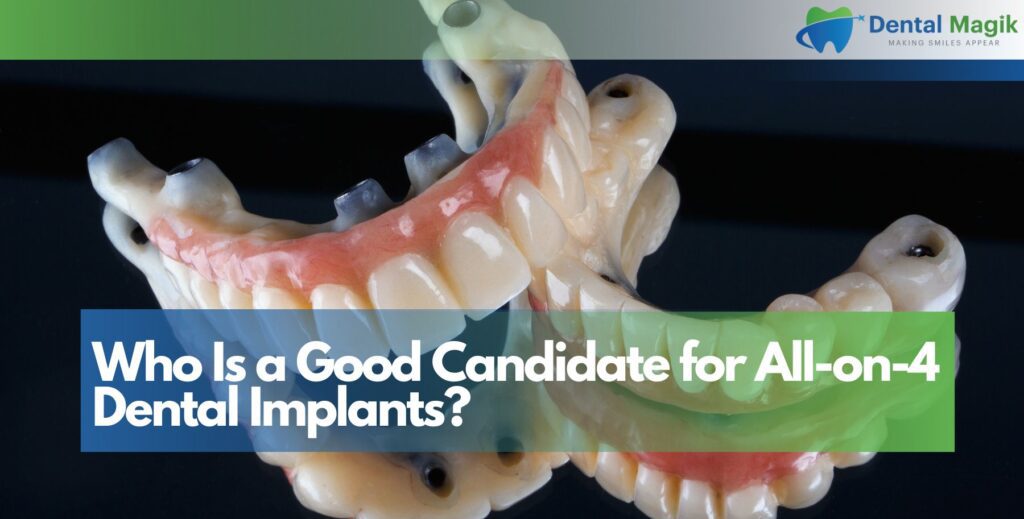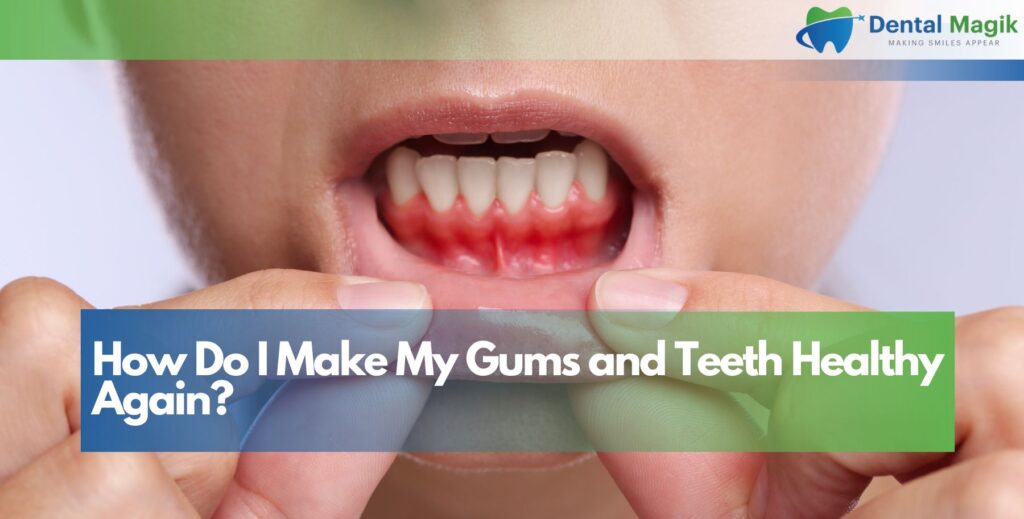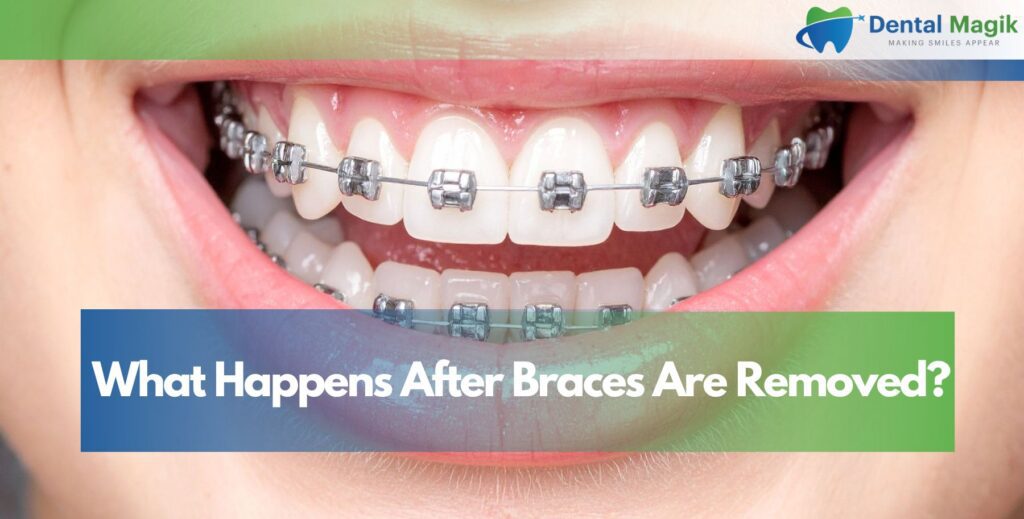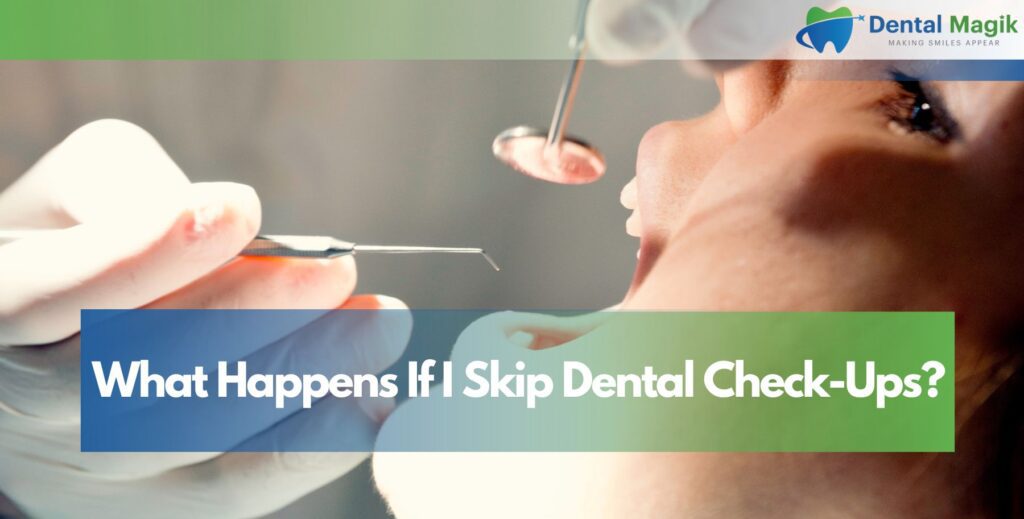When choosing the right dental insurance plan, one of the most confusing terms is the maximum benefit. You might see numbers like $1,000, $1,500, or even $2,000. But what does that actually mean for your teeth and your wallet?
A good maximum benefit isn’t just about a bigger number. It’s about how much coverage you get relative to your needs, how often you visit the dentist, and the kinds of treatments you’re likely to need in the next year.
Let’s break down what makes a dental insurance maximum good, how to choose the best one for you, and how to use it wisely.
Understanding Dental Insurance Maximum Benefits
The maximum benefit is the total dollar amount your dental insurance provider will pay toward your care during one coverage year.
What Happens When You Hit Your Maximum?
Once you hit that limit, you’re responsible for 100% of remaining dental costs out of pocket. This can surprise many people, especially if they didn’t plan for major treatments like crowns, root canals, or bridges.
Why the Annual Maximum Matters in Dental Coverage
The annual maximum is one of the most important parts of your dental plan. It controls how much financial help you’ll get throughout the year.
A low maximum might work if you only need routine cleanings, but it won’t go far if you need more than basic dental care.
Common Annual Maximum Ranges
- $1,000 – Common in basic plans
- $1,500 – Average maximum for moderate coverage
- $2,000 or more – Found in premium or employer-sponsored plans
If you or a family member need frequent dental work, it’s worth considering plans with higher annual limits.
Factors That Determine a Good Dental Insurance Maximum
Not everyone needs the same maximum benefit, and “good” depends on a few key factors:
Your Dental Health History
If you’ve needed fillings, root canals, or extractions in the past, you may benefit from a higher annual maximum.
Family Size
Families tend to have higher dental costs, especially with children needing orthodontic care or preventive treatments. More people means more chances of hitting the benefit cap.
Type of Dental Work Needed
Routine cleanings alone won’t exceed a $1,000 max. But restorative treatments or cosmetic procedures can eat up that amount fast.
Dental Insurance Plans with High Maximum Benefits
Not all dental insurance plans offer the same maximum. Some employer-based plans or premium individual policies offer higher annual caps that can make a big difference when major care is needed.
Why High-Maximum Plans Are Worth It
- Cover expensive treatments like crowns and periodontal surgery
- Reduce the risk of paying out-of-pocket
- Great for people with chronic oral health issues
While monthly premiums may be higher, you’re getting better coverage and peace of mind.
Preventive Care: A Key to Maximizing Benefits
The smartest way to make the most of your plan is to focus on preventive care. These services are usually 100% covered and help you avoid costly problems down the road.
What’s Included in Preventive Coverage
- Cleanings (usually twice a year)
- X-rays
- Fluoride treatments
- Dental exams
By using these benefits early and often, you reduce the chances of needing high-cost procedures later.
What Dental Services Are Covered Under Maximum Benefits
Knowing which treatments count toward your annual maximum helps you plan your care more wisely.
Covered Services That Apply to Maximum
- Basic services (e.g., fillings, extractions)
- Major procedures (e.g., crowns, bridges)
- Periodontal treatment
- Root canals
- Oral surgery
Preventive care often doesn’t apply to the cap — so don’t skip your cleanings.
How to Stretch Your Dental Insurance Benefits
Want to get the most from your maximum benefit? Use these smart strategies to stretch your dollars.
Split Treatments Across Two Plan Years
If you need multiple treatments, try doing part in December and the rest in January. That way, you use benefits from two different years.
Prioritize In-Network Providers
Using in-network dentists ensures lower treatment costs and better benefit usage.
Combine Insurance with FSA or HSA
If your plan isn’t enough, use Flexible Spending Accounts (FSA) or Health Savings Accounts (HSA) to cover the rest tax-free.
Choosing the Right Maximum for Families and Kids
When you have kids, dental expenses can multiply. From sealants to braces, the right plan with a solid maximum benefit saves real money.
Family Plan Considerations
- Pick a per-person maximum (e.g., $1,500 per family member)
- Look for plans that cover orthodontic treatments
- Prioritize coverage for pediatric dental visits
A higher maximum may cost a bit more per month but saves hundreds during the year.
Low Maximum Dental Plans: When Are They Enough?
If you have strong teeth and no history of dental issues, a low maximum plan might still work — but only if you stick to preventive care.
Risks of Low Maximums
- Little room for surprise dental needs
- Won’t cover more than one major procedure
- May lead to out-of-pocket expenses if problems arise
If you go this route, consider supplemental dental insurance for extra protection.
Top Dental Insurance Mistakes to Avoid
Even with a good maximum benefit, it’s easy to waste your dental coverage if you’re not careful.
Common Mistakes
- Not scheduling biannual checkups
- Ignoring the benefit year timeline
- Choosing out-of-network providers
- Failing to plan for major procedures
Avoid these traps to keep your coverage working for you.
How to Find the Right Dental Insurance Plan
A plan’s maximum benefit is just one piece of the puzzle. Look at the entire structure of the plan before you sign up.
What to Compare
- Premiums
- Deductibles
- Co-pays
- Network size
- Coverage breakdown (preventive/basic/major)
Use these to compare your options and find the plan that matches your needs.
Is a Higher Maximum Always Better?
Not necessarily. A $2,000 max may sound great, but it’s only worth it if you need that level of care. Otherwise, you might overpay in monthly premiums.
When It’s Worth Paying More
- You expect multiple fillings, crowns, or root canals
- You’re managing ongoing gum disease
- You want financial peace of mind
Balance your expected needs with your budget.
Conclusion
A good maximum benefit for dental insurance depends on your dental history, treatment needs, and whether you’re covering just yourself or your entire family. Most people are well-served with a $1,500 to $2,000 annual maximum, especially when combined with preventive care and smart planning.
If you’re looking for expert guidance and personalized care, visit a trusted dentist in East Brunswick, NJ. They can help you understand your coverage and make the most of your dental insurance plan every year.
FAQs
What is considered a good maximum benefit for dental insurance?
A good range is $1,500 to $2,000 per year, depending on your expected dental needs.
Do preventive services count toward the maximum?
In most plans, preventive care is fully covered and does not count toward the annual maximum.
Can I increase my dental insurance maximum?
Some insurers offer upgrade options or add-ons that let you increase your limit.
Is a $1,000 dental maximum enough?
It may be enough for basic care, but won’t cover multiple procedures or major treatments.
What happens if I exceed my maximum benefit?
You’ll have to pay the remaining dental costs out of pocket until your plan renews.
Are family dental plans capped per family or per person?
Most family plans have a per-person maximum, not a total for the family.
Do all plans have maximum benefits?
Yes, nearly all dental insurance plans have some kind of annual maximum limit.
How can I track my used benefits?
You can log in to your insurance portal or ask your dental office for a breakdown.
Does orthodontic treatment count toward my maximum?
Some plans separate orthodontic benefits, but others count them toward the annual cap.
What if I don’t use my full maximum?
In most cases, unused benefits don’t roll over, so it’s best to use what you’ve paid for.

